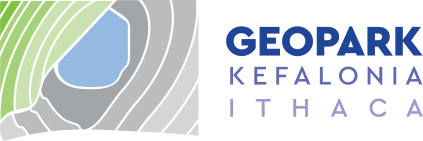Mushrooms (fungi)

Mushroom Information
Mushrooms are among the most peculiar and remarkable creations in nature. They are produced by macrofungi to become their reproduction organs and suddenly appear after the first rainfalls. Macrofungi are classified within the fungus kingdom and thrive in all types of terrestrial ecosystems, hidden in various substrates like soil, foliage and wood. Except mushrooms, the rest of the fungal body is composed of thread like strands, the mycelium. These strands manage to survive in various substrates for many years until natural conditions become favorable (combination of temperature and humidity) in producing mushrooms, their visible macroscopic organs of reproduction. For this reason, fungi producing mushrooms are called macrofungi. Mushrooms present a wide variety in size, shape, color, texture and can be ephemeral (in their majority), annual or perennial. The only purpose of these beautiful and complicated structures is the production of spores to ensure the perpetuation of the species.


Ecological and economic importance of Mushrooms
The permanent invisible presence of macrofungi is of vital importance for all ecosystems where they thrive, especially forests. Their survivor strategies include saprotrophy, symbiosis, parasitism and pathogeny. When saprophytes, they decompose organic compounds of complex structure (lignin, cellulose, hemicelluloses); they are predominant degraders of fresh residues of organic matter, thus participating to carbon and other elements cycle.

Residues of fir trees after the action of wood-decay fungi

When in symbiosis, macrofungi establish mutual relationships with roots of living trees and shrubs, the mycorrhizae, thus improving their development and resistance, especially in stress conditions. In addition, macrofungi may develop a parasitic action with mild or pathogenic effects that cause tree necrosis and crop destruction, and thus resulting in important economic impacts.

There are thousands of macrofungi species, comprising edible, non-edible, hallucinogenic, poisonous and lethal types. The edible ones are delicious, with a variety of flavor profiles and of high nutrition value and beneficial properties for human health. Because no rule distinguishes edible from poisonous species, wild mushrooms should be collected using safe collection methods. In depth knowledge is needed to recognize and distinguish edible from poisonous mushroom phenotypes, as a pre-requisite for safe identification.



Study on Aenos mushroom diversity
The study of mushroom species growing on Aenos National Park and other areas of Kefalonia, is financed by the project “Aenos National Park Macrofungi (mushrooms) recording and monitoring” of the 1st Subproject entitled “Program for the protection and conservation of biodiversity” (1st Axis of Actions: recording and monitoring of the protected areas biodiversity – development of innovative actions) of the integrated Action “Protection and Conservation of Biodiversity in Aenos National Park” of the Operational Program Environment and Sustainable Development 2007 – 2013” (Priority Axis 9 – “Protection of Natural Environment and Biodiversity”). The implementation of the project is carried out by Dr Zacharoula Gonou – Zagou, Lecturer, Department of Ecology and Systematics, Faculty of Biology, National and Kapodistrian University of Athens (EKPA), who is the Scientific Supervisor and Marina Triantafyllou, Biologist, MSc, who is a PhD candidate at (EKPA) working on her PhD thesis about “macrofungi diversity in selected ecosystems of Kefalonia Island”.


Little was known about the diversity of mushrooms thriving at Kefalonia Island, before the beginning of this project. So far, our results suggest a wide variety of local mushrooms, comprising common and rare species of scientific interest.
Zacharoula Gonou – Zagou
Marina Triantafyllou












